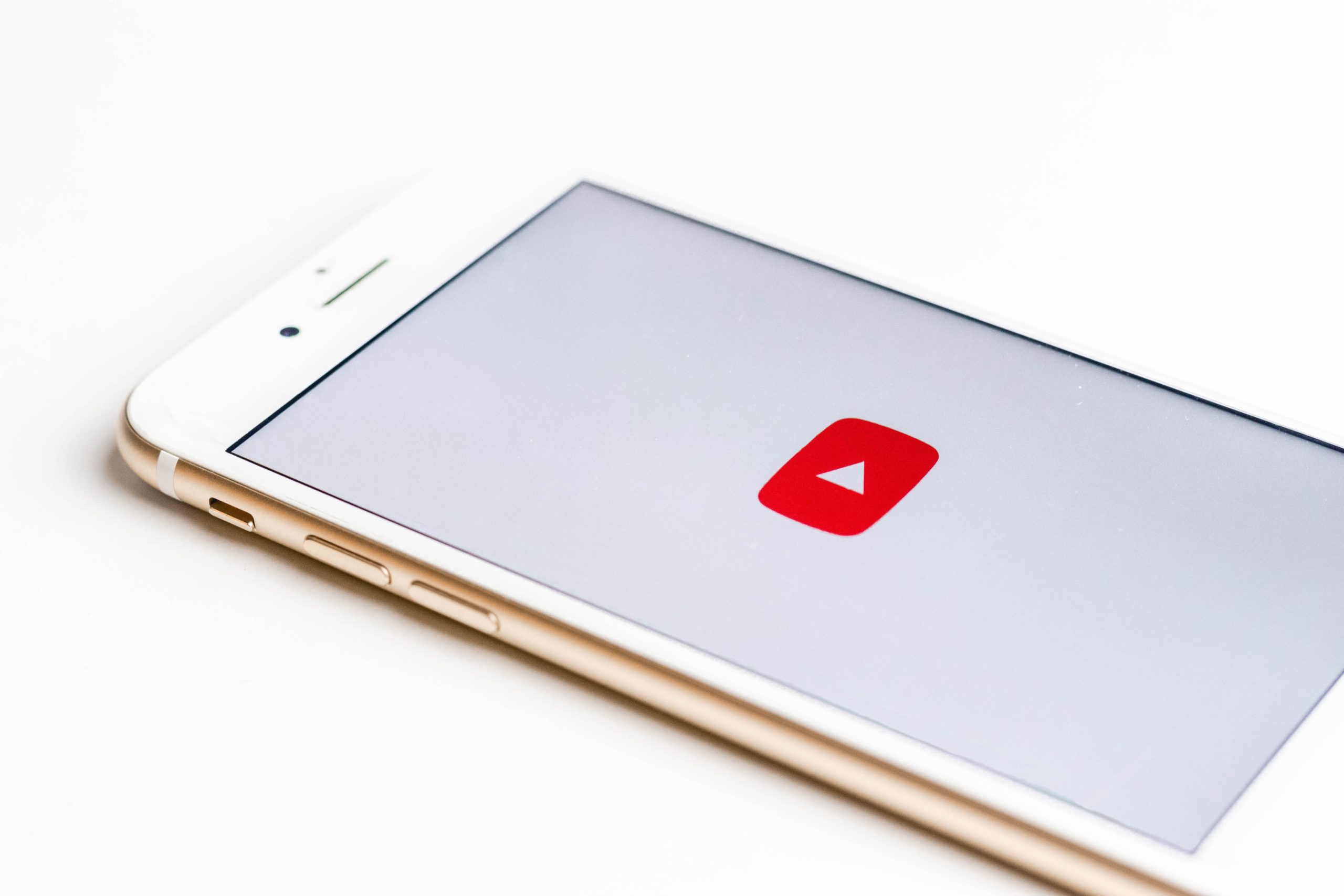Strategy is so important to us that it’s part of our name. So naturally, we are big proponents of planning ahead when it comes to your marketing strategy. The short answer to the question of this blog’s title is that it’s never too early to begin crafting your approach to next year’s marketing strategy. Today, we’ll take a deeper dive into the reasons why that’s true. We’ll also highlight a few factors to consider while you’re doing that advance marketing planning.
Benefits of an Annual Plan
With sufficient planning, you can keep all of your marketing efforts organized, maintain audience engagement with quality content, and adapt to changes in your industry faster. All of this means you’ll give your business the ability to thrive and stay one step ahead of the competition.
Ideally, a good annual marketing plan should be high-level, since things change all the time, and act as a guide for multiple stakeholders. This approach is especially helpful for large teams working to stay on the same page and obtain the same end goal. An overarching marketing plan can unite your sales team, your business development team, your in-house and outsourced marketing team, and your C-suite executives. It’s a useful tool that can help create a streamlined and focused tactical plan that everyone can get on board with.
Planning for the Busiest Times of Year
While long-term planning is ideal, you should plan at least six months ahead of your busiest time of year. Regardless of whether your busy season is summer or the holidays, giving yourself ample time to prepare is a sure way to drive optimal results. If you’re not sure when your brand sees the most business, it may be time to run an audit on your social media, website traffic, and other indicators of surging interest. With the right data, you can create a solid marketing funnel that can translate increased interest and search queries into qualified leads and sales.
Strategic Planning
Rather than using last year’s ideas or “institutional wisdom” to drive your planning decisions, embrace a mindset of data-based continuous improvement to develop a marketing plan based on your organization’s long-term strategy and vision. Data analysis can also help you hone and direct your annual marketing budget. Although it can be tempting to follow a gut feeling about where your leads are originating, the data may indicate a different funnel. For instance, while social media is essential for building brand integrity, email marketing may have more ROI in your annual revenues.
What Happens When You Need to Pivot?
The best laid plans of mice and men… often need to be reframed in the light of your analytics! While that’s not exactly how the Robert Burns quote goes, it’s definitely something we focus on at Green Apple. The best marketing strategies are nimble and should allow you to drop one strategy or double down on an effective tactic if the data backs it. Don’t be concerned if you need to scrap your current strategy and recalibrate! That should be an expected part of the marketing planning process, and it means you’re committed to an evidence-based approach. If you need help interpreting the data or you need help collecting more information points, we’re here to help. Don’t hesitate to turn to an outsourced marketing team to support your in-house team with all the initiatives they’re launching.
Let Us Help You Achieve Your Goals
Need some help getting started on next year’s marketing goals? Check out this Green Apple guide to start planning! Our team is here to help you build an effective strategy to help your brand achieve its business goals.









